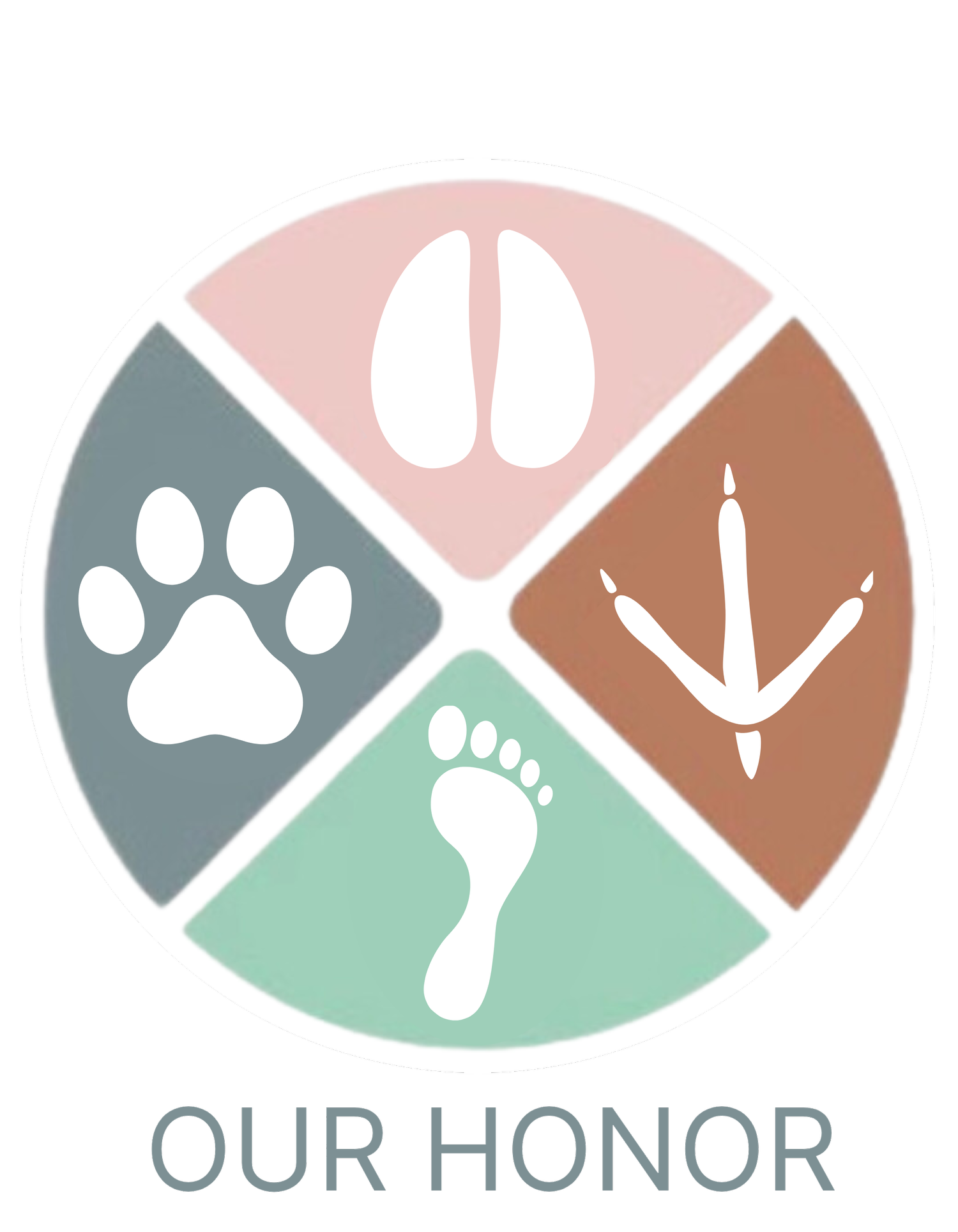Taxpayers have spent more than $1 billion dollars to support corporate interests during the highly pathogenic avian influenza outbreak
Since 2022, more than $840 million dollars of public funds have been granted to bail out corporations that used the cruelest methods to kill their animals during the highly pathogenic avian influenza outbreak. Their failure to put emergency plans in place to end the lives of their animals in less cruel ways led these corporations to resort to sealing up barns, pumping in heat, and waiting for the birds inside to die in agony after many hours in a killing process known as Ventilation Shutdown plus (VSD+).
The United States Department of Agriculture (USDA) Livestock Indemnity Payment program granted more than $107.9 million dollars to Jennie-O Turkey Store alone, while their parent company, Hormel Foods, recorded net sales surpassing $12.1 billion in 2023 in 2023, with an operating income of more than $1 billion. Tyson Foods was given more than $29 million dollars while bringing in more than $13 billion dollars in sales in 2023 and compensating CEO Donny King with more than $13 million dollars in 2023. Overall, the top 10 companies took more than 41% of the total indemnity payments.
Our original spreadsheet that includes all the payment data compiled is available here.
Corporations that took the most in indemnity payments during the 2022-2024 HPAI Outbreak
Many of these large corporations, including Jennie-O, Tyson Foods, Rembrandt Farms owned by billionaire Glenn Taylor, Pitman Family Farms, Sunrise Foods, Cold Spring Egg Farms, Foster Farms, and Opal Foods failed to put plans in place to end the lives of their animals in less cruel ways and resorted to sealing up barns, pumping in heat and waiting for the birds inside to die in agony after many hours in a killing process known as Ventilation Shutdown plus (VSD+).
Under pressure from industry, the American Veterinary Medical Association (AVMA) listed VSD+ as a method of killing in “constrained circumstances,” allowing corporations to receive taxpayer-subsidized indemnity payments when their animals were killed using this method. This policy meant companies had no financial incentive to put plans in place to end the lives of their animals in less cruel ways. The USDA and the AVMA formed a cooperative agreement allowing the AVMA Guidelines on Depopulation to dictate USDA policies and indemnity payments.
More than 2,000 veterinarians have signed onto Veterinarians Against Ventilation Shutdown to ask the American Veterinary Medical Association to reclassify heatstroke-based killing as a “not recommended” form of depopulation. Unfortunately, the AVMA has failed to act with a sense of urgency, and three years later, there has been no change. Meanwhile, the Animal Welfare Institute compiled this table of less cruel methods of mass killing.
A recent peer-reviewed article discussing the increased use of heatstroke-based depopulation of animals in emergency situations explains how poultry birds “possess a rete mirabile ophthalmicum,” an anatomic vascular cooling system that may protect the brain from increases in body temperature, meaning that the birds may suffer for a prolonged period of time from the effects of the heat on their body without losing consciousness. All species experience similar effects of heatstroke, which include shock, gastrointestinal bleeding and sloughing, vomiting, respiratory distress, organ damage, and internal bleeding.
Despite the inherent cruelty of this method of mass killing, instead of working to expand the availability and access to less cruel depopulation methods, on September 29, 2022, the National Association of State Departments of Agriculture (NASDA) encouraged "APHIS to conduct scientific review on VSD+ as one of the preferred depopulation methods to rapidly eradicate highly contagious diseases."
For up-to-date data on new depopulations, visit the public USDA APHIS HPAI website.
Data collected data from APHIS shows what methods were used to depopulate these flocks and how many were killed. By matching these dates and numbers with indemnity payment data obtained from APHIS, we can correlate these dates, locations, and depopulation methods to these companies.
The spreadsheet below is still a work in progress.
Spreadsheet of Locations, Dates, Number of Animals Killed, and Depopulation Methods Used
We are working to compile the dates, number of birds killed, indemnity compensation received, and depopulation methods used for each corporation. This is the data compiled for Pitman Family Farms. Pitman is known as a “high welfare” brand but has come under fire recently for their high rates of worker injuries and even deaths in the California Central Valley. Pitman now plans to expand in Lemoore and add “16 new poultry barns and would include an additional 485,000 chickens, for a new total of approximately 550,000 chickens.”
